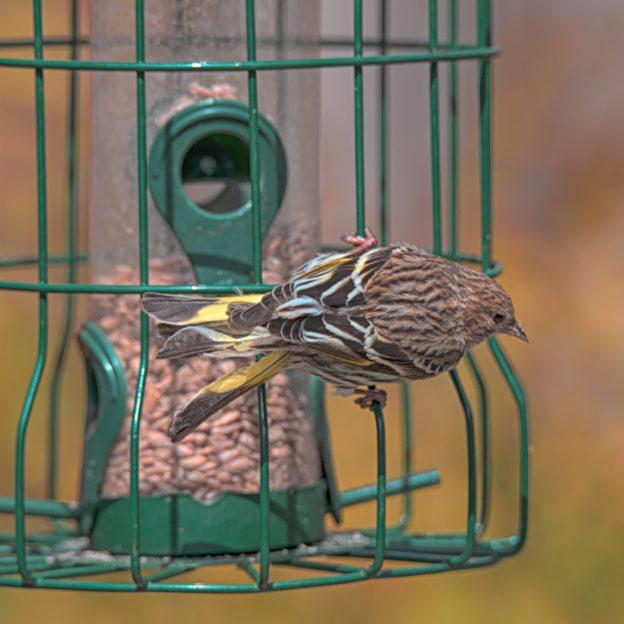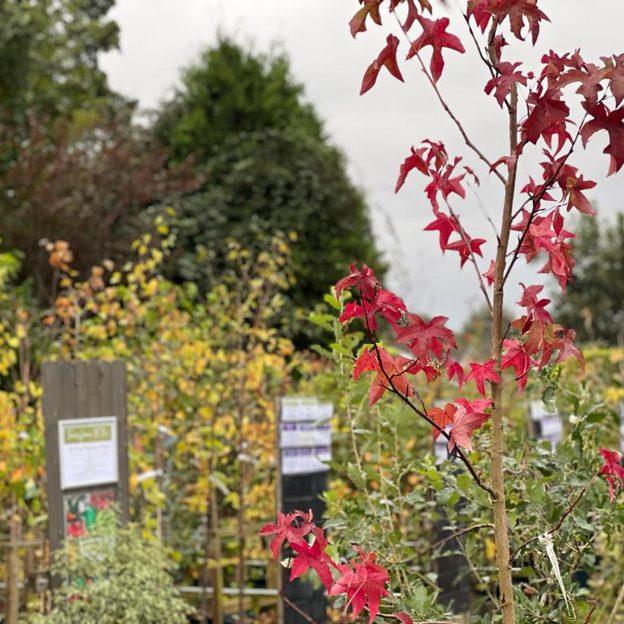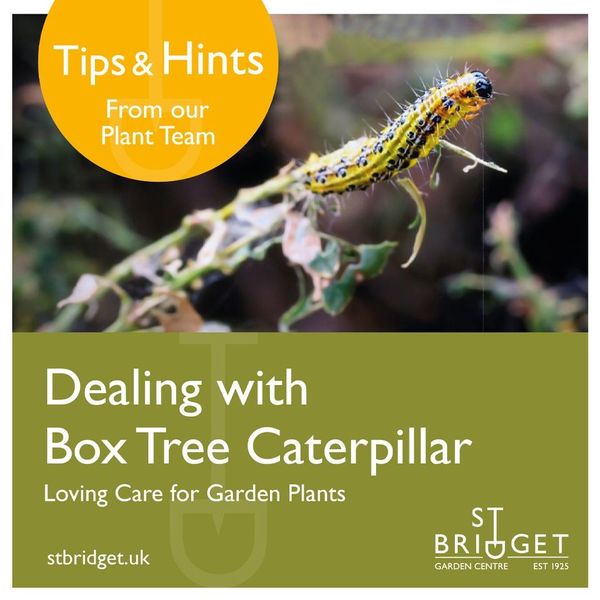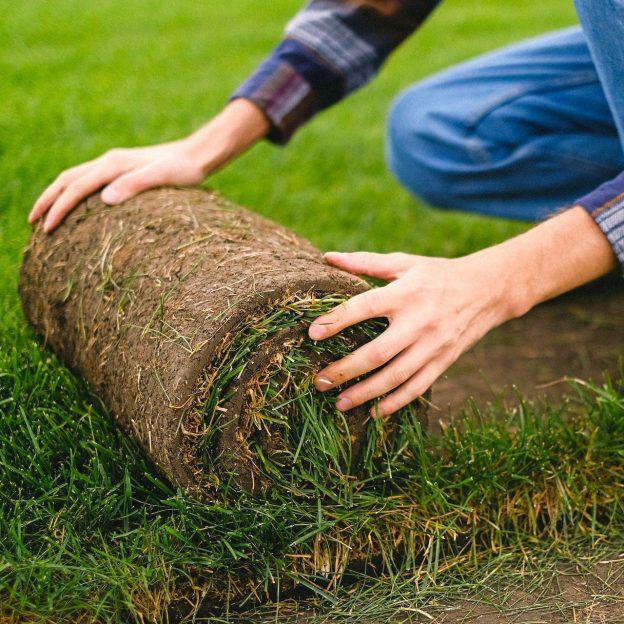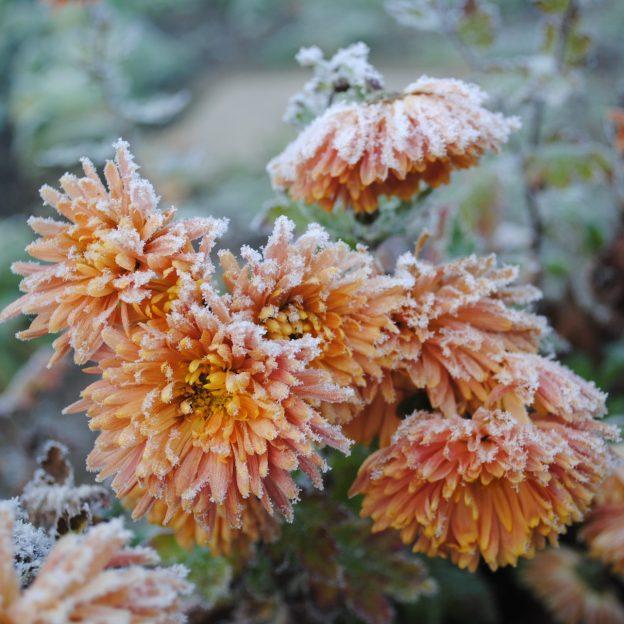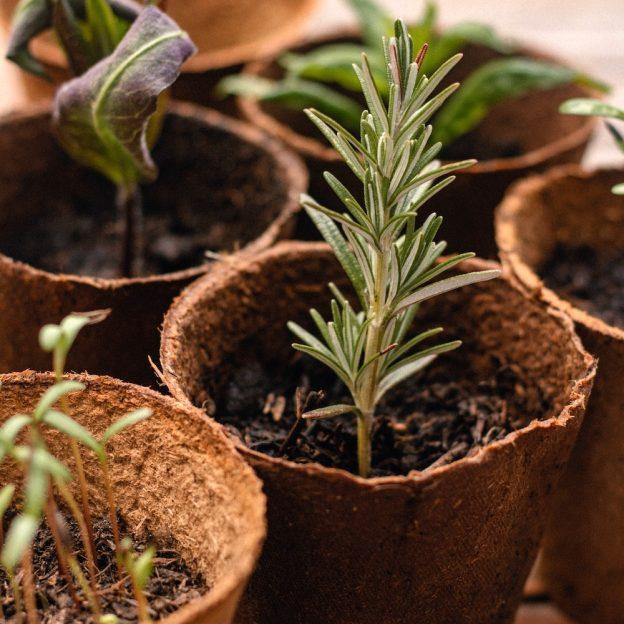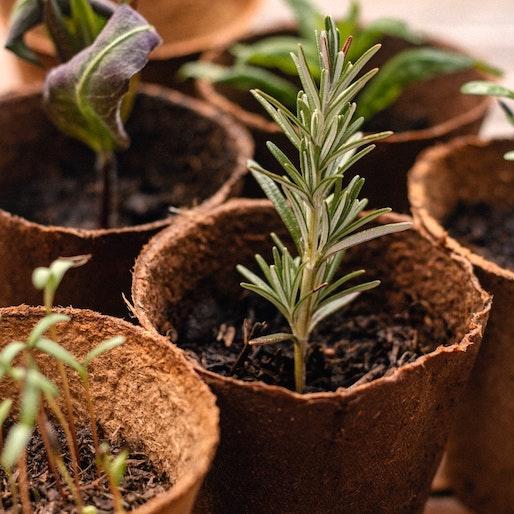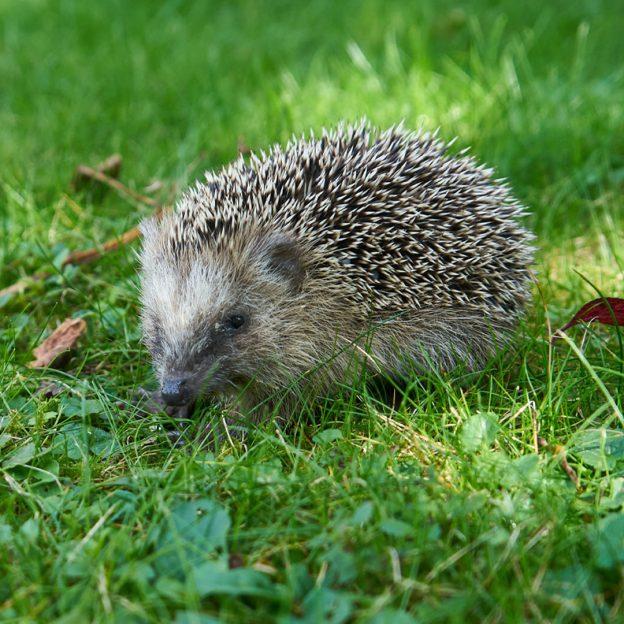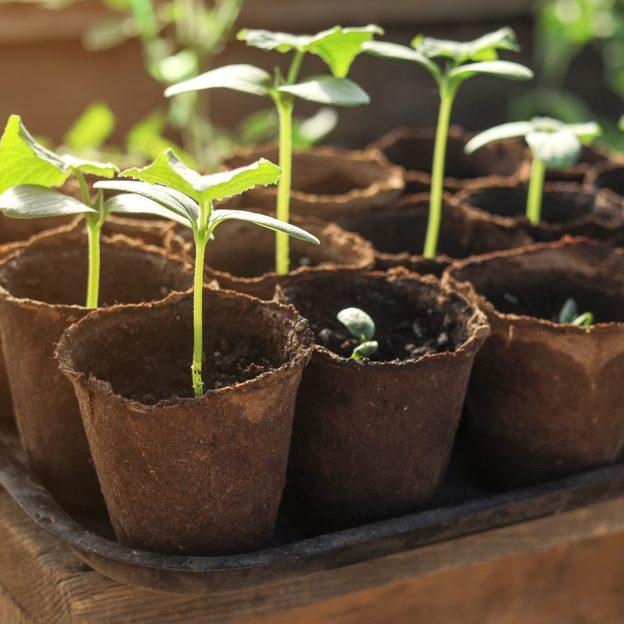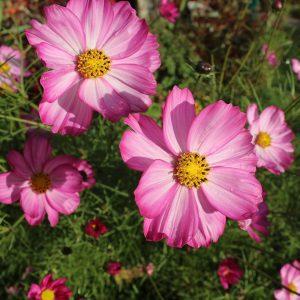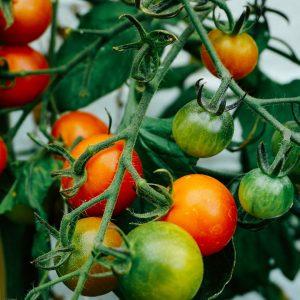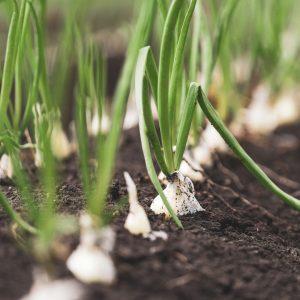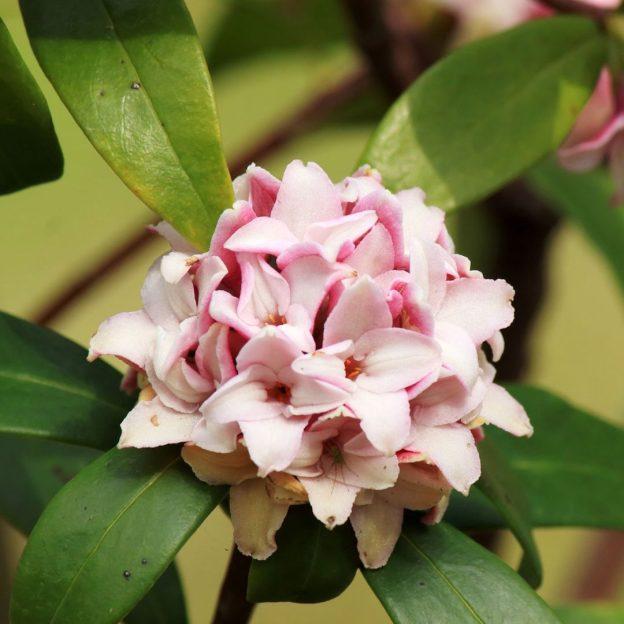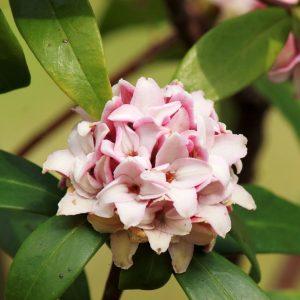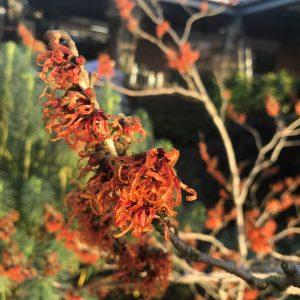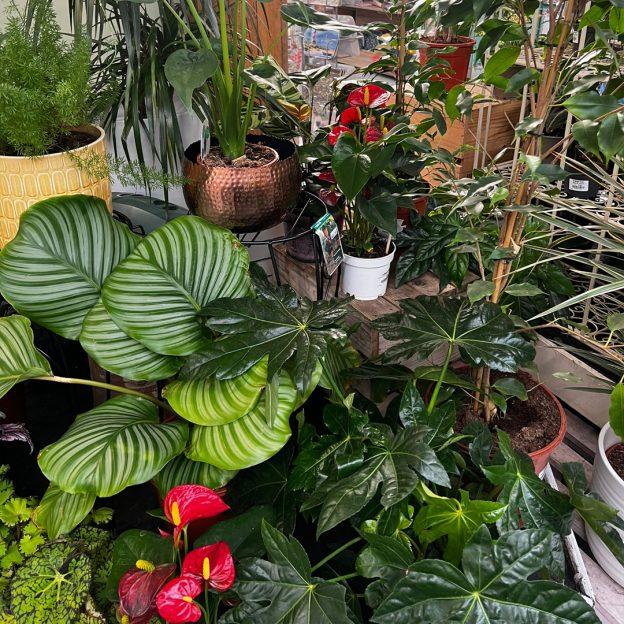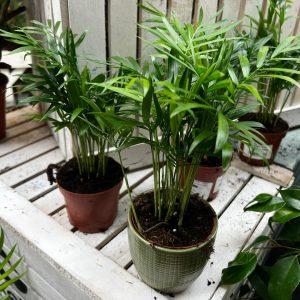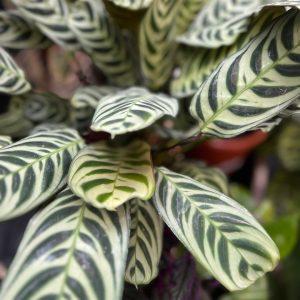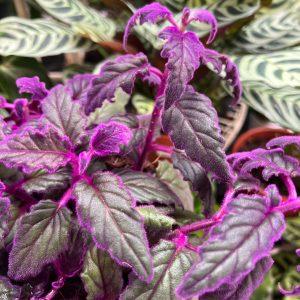The nation has a love affair with feeding garden birds. For some, it is the simple pleasure of watching some of our most beautiful and colourful wildlife. For others it comes from a compassionate need to nurture and assist in cold periods.
By and large feeding garden birds in winter does help birds survive but putting them in a better physical condition for the breeding season which typically starts in February. There are also some studies suggesting that birds that are fed produce larger broods with heavier more viable chicks.
Whatever your reason for feeding garden birds there is quite an overwhelming number of different feeds on the market and choosing the right mix for your garden is important.
Choosing bird feed
By and large the four main choices are peanuts, seeds, mealworms or suet and what you choose will be down to what birds you have in your garden or what birds you want to encourage.
PEANUTS… an old favourite for tits and greater spotted woodpeckers. Make sure you use a purpose made peanut feeder (as they do differ from seed feeders and they enable the birds to grab on to the side of the feeder and peck away in their natural feeding position).
MEALWORM & CALCIWORMS: These dried up insects are the food of choice for ground feeding birds or birds that feed from the flat. Therefore, you need a feeding tray or bird table. They are the food of choice for robins and blackbirds.
SEEDS: Seeds are the biggest category of bird feed. The safest bet is to buy a seed blend which will appeal to a wild variety of birds. However, you can also be selective. Just ensure your bird feeder is suitable as the following types of seed do have dedicated feeders to avoid waste and mess.
NYJER SEED: principally for goldfinches and redpolls and therefore this food maybe ignored in some gardens.
SUNFLOWER SEEDS: attract a wide selection of birds but in particular finches and tits. Sunflower hearts are more attractive to birds as they do not have to de-husk the seed.
SUET/FAT: Suet and fat are a good choice for winter. The foods are sold in various shapes and sizes from a ball to logs and blocks and they will either contain berries and seeds or mealworms and nuts. Tits in particular love these.
Feeding Frequency
Whatever food you choose, ensure you feed a little and often as this will keep the food fresher. Don’t forget to clean your feeders from time to time too to maintain hygiene and always wash your hands after feeding the birds. Store your bird feed in an airtight container. If you live with or near cats, ensure that feeders are kept out of the way.
Finally, as well as feeding garden birds don’t forget to plant for wildlife too. Trees and shrubs not only provide shelter for birds, but they are a source of natural food too.

